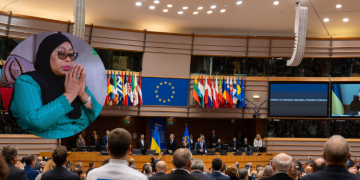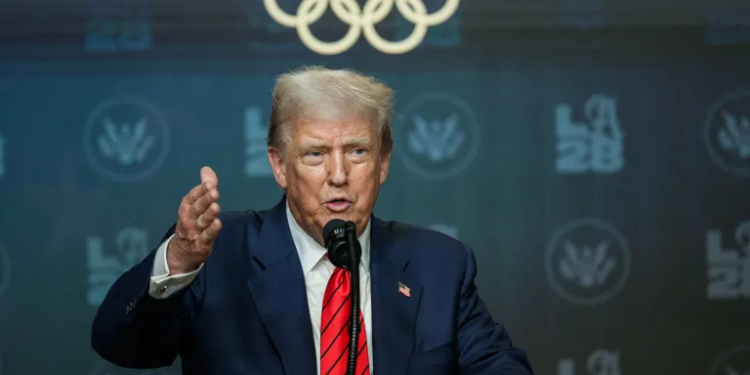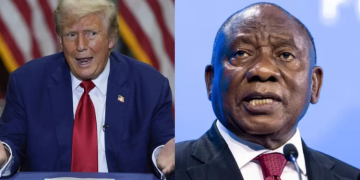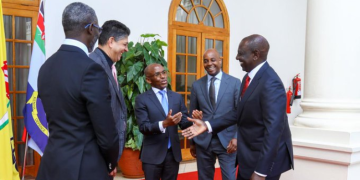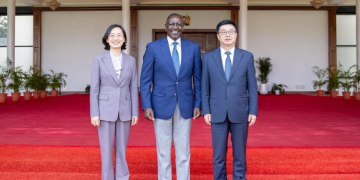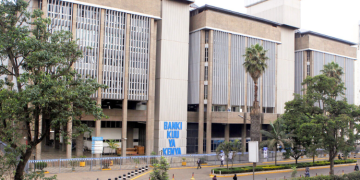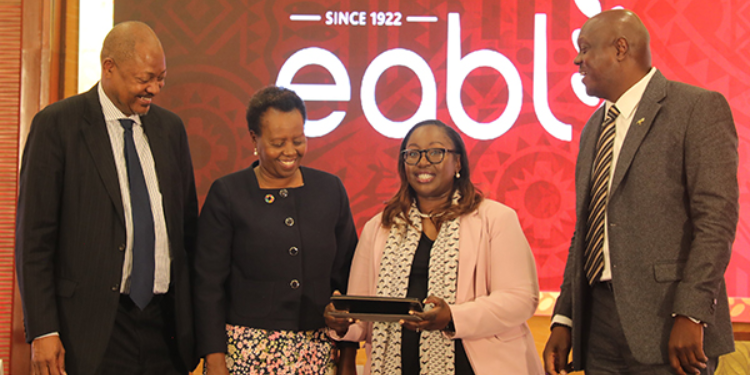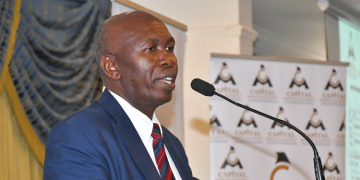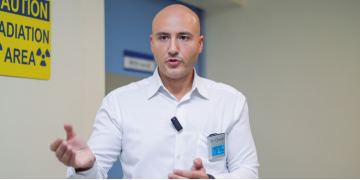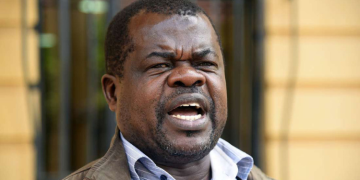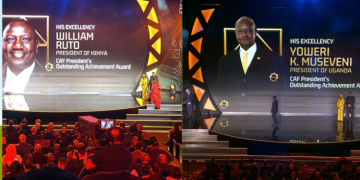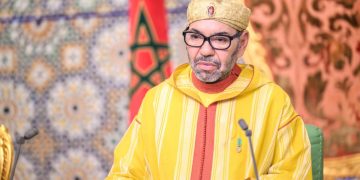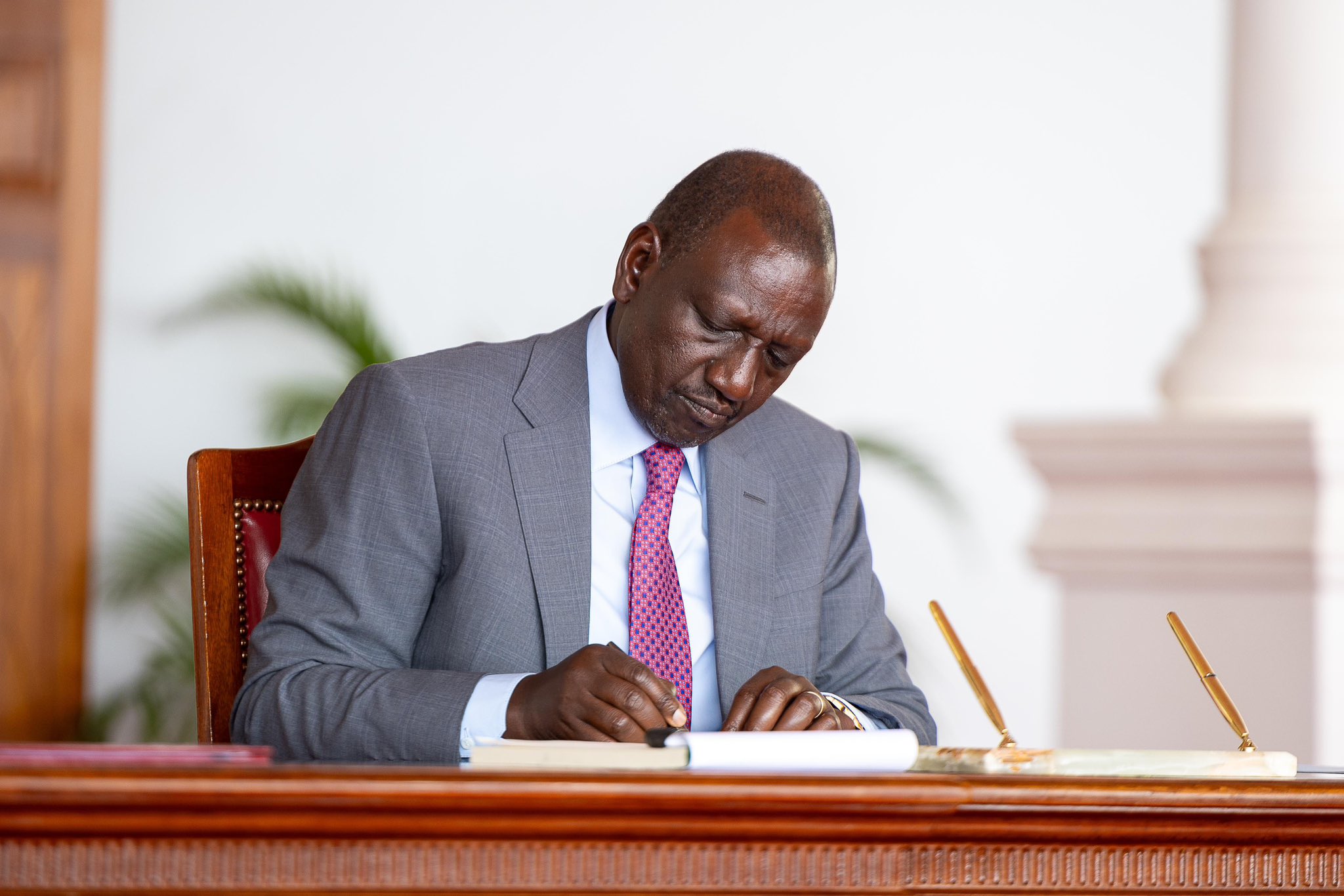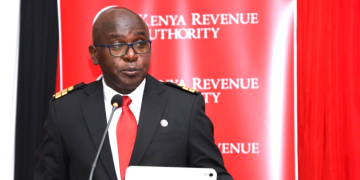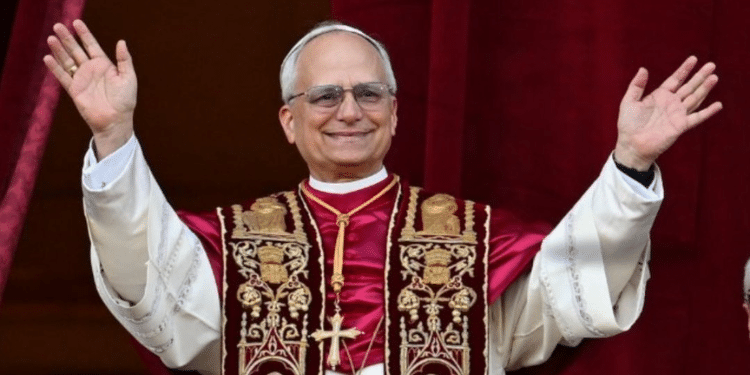When a new pope is elected, one of his first acts is to choose a new name. Robert Francis Prevost, 69, chose Pope Leo XIV, a choice rich with historical and spiritual significance.
By choosing the name Leo, the 267th pope joins a lineage of 13 other pontiffs who bore the same name.
This tradition, which began in the 6th century and became common by the 11th century, carries deep meaning and significance, reflecting the pope’s mission, values, and spiritual vision for the Church.
Upon election, the new pontiff’s baptismal name is first proclaimed in Latin, offering a glimpse into his identity. Later, his chosen papal name is revealed, often signalling the legacy he wishes to uphold.
Robert Prevost’s adoption of the name Leo XIV honours a predecessor he deeply admired and signals his intent to emulate that pope’s leadership
Pope Leo XIV: But Who Were the Leos Before Him?
The first Pope Leo I, also known as St. Leo the Great, served during the fifth century (440–461), a time marked by great turmoil both in the Roman Empire and within the Church.
He is remembered for his theological clarity, strong leadership, and for persuading Attila the Hun to turn back from invading Rome.
The most recent Leo, Pope Leo XIII (1878–1903), was a reformer who sought to reconcile the Church with the modern world.
His landmark encyclical Rerum Novarum addressed the rights of workers and the ethics of capitalism at the dawn of the industrial revolution, laying the groundwork for modern Catholic social teaching.
By choosing the name Leo XIV, Pope Prevost aligns himself with a legacy of strength, reform, and thoughtful engagement with the challenges of his time.
His name Leo XIV, he signals a commitment to the Church’s social teaching—a legacy firmly established by his predecessor, Leo XIII.
Also Read: White Smoke as New Pope is Elected
Other Names Popes Choose
When Pope Francis was elected in 2013, he chose his papal name in honour of St. Francis of Assisi, the 13th-century saint renowned for his humility, simplicity, and dedication to the poor.
At the same time, Benedict XVI, elected in 2005, selected his name partly to honour Benedict XV, who was known for his efforts to promote peace during World War I, and St. Benedict, the founder of Western monasticism in the 6th century.
Also Read: Why Pope Leo XIV Visited Kenya Before His Election and the People He Met
Devotion & Influence
Past popes have also chosen names based on their devotion to a particular saint or religious figure, whose life and teachings resonate with his spiritual journey.
For example, John XXIII took his name after Saint John the Evangelist and John the Baptist, as he admired their humility and commitment to the message of love.
John Paul II, elected in 1978, is believed to have initially considered adopting the name “Stanislaus” after the 11th-century Polish bishop and martyr.
However, he chose “John Paul” instead, in a tribute to his immediate predecessor, John Paul I, and to the two popes who guided the Church through the transformative Second Vatican Council.
Follow our WhatsApp Channel and X Account for real-time news updates.


